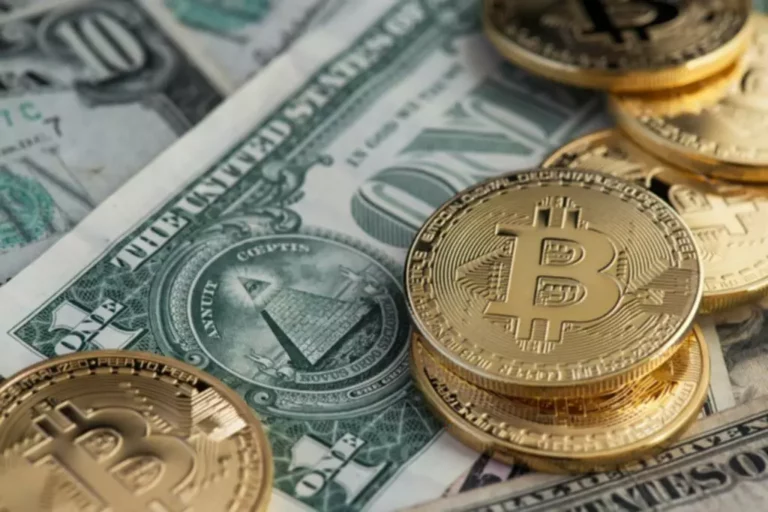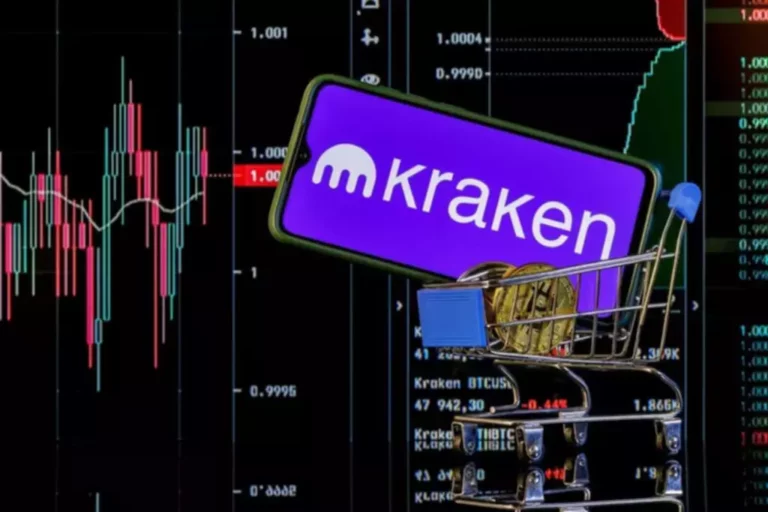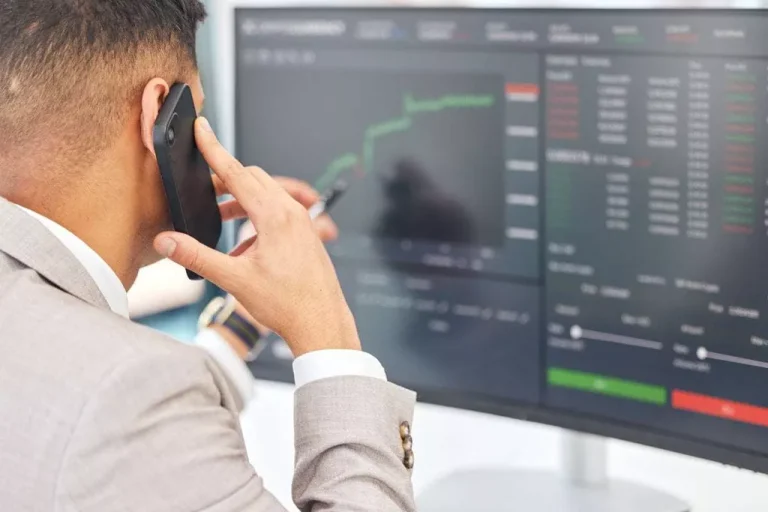By 2022, a mere three years after its launch, Securitize Markets featured among the https://www.xcritical.in/blog/real-world-assets-rwa-tokenization-in-crypto/ prime 10 US inventory transfer brokers, servicing over 1.2 million investor accounts and 3,000 shoppers. Securitize primarily uses the Ethereum blockchain however is blockchain agnostic, which means it may possibly work with various blockchains. The pilot used forked permissioned variations of the Aave lending protocol and Uniswap exchange operating on the public Polygon mainnet.
The Method To Tokenize Real-world Property
The key products of Ondo Finance include OUSG, the world’s first tokenized US Treasuries product, and Flux Finance. This lending protocol showcases the utility of using tokenized Treasuries as collateral in DeFi markets. The ONDO token is used for governance within the Ondo DAO, allowing holders to vote on proposals regarding the protocol’s future direction, improvement, and useful resource allocation. It could probably be a paradigm shift in asset management, with advantages for both retail and institutional buyers.
How Does Crypto Act As A Foundation For Tokenization?

The potential market alternative for RWAs has generated growing curiosity, as demonstrated by the deployment of pilot tests by each conventional establishments and crypto-native initiatives. According to a 2022 Celent survey, 91% of institutional buyers have signaled their interest in investing in tokenized property. Below are a few examples of how establishments are actively engaging in the tokenization of RWAs on public blockchains. Innovations in digital asset security, such as improved good contract audits, can handle these issues and help minimize down on hacking activity. Blockchain know-how can bring increased security and transparency to tokenized property. Blockchains’ decentralized nature makes them proof against tampering, giving buyers confidence within the integrity of their holdings and transactions comparable to or even greater than what they’ve now.
Learn More About Blockchain Know-how

Stablecoins are a kind of crypto asset that goals to maintain its price pegged to the market worth of an exterior asset, corresponding to a fiat currency or commodity. There are many mechanisms to achieve value stability, but probably the most widely used implementation is for a centralized institution to concern a token collateralized by US dollars held in custody offchain. Many others have launched or are in growth, and lots of extra are likely to follow within the coming years.

Major Challenges Within The Rwa Sector
This consists of each physical property (such as oil, gold, and real estate) and electronically issued assets (bonds, carbon credits, ETFs). For instance, many digital platforms now offer tokenized gold, every token being represented with a secured amount of the physical quantity of saved gold stored in a sure amount in a secure vault. Investors will thus be capable of purchase and sell such tokens on crypto exchanges and hence achieve their publicity ranges to the gold value with out precise storage or bodily motion of gold. This makes funding in commodities much easier, with minimal costs and dangers hooked up. For occasion, final year, Ethereum made it attainable for a luxury property in New York to be tokenized so that traders should buy digital shares that symbolize the ownership of that building. Tokenization may facilitate fractional ownership of property, thus permitting funding by folks from diverse parts of the world right into a market that was earlier restricted to high-net-worth individuals.
How Tokenization Brings Physical Assets To The Blockchain
This method, belongings that were beforehand onerous to divide or commerce can now be easily managed and transacted. These tendencies will contribute to the growth and maturation of the tokenization trade within the years to return. The tokenization of real-world assets provides immense opportunities for current monetary establishments and the early-stage onchain finance ecosystem. While the token-speculation use case has helped stress test present DeFi protocols, the ecosystem is now at a stage the place it needs to evolve and start offering actual utility for society. There remain many challenges forward to realizing the true potential of RWAs, however the market alternative presented is in the trillions, and somebody will capture it. Asset tokenization is among the most enjoyable areas of blockchain technology, and one which many expect to develop within the near future.
Significantly, BlackRock utilized JPMorgan’s Onyx blockchain and TCN to tokenize shares in a money market fund. This operation marked a pivotal point in tokenized RWA, with the tokenized shares being transferred to Barclays Bank as safety in a derivatives trade. JPMorgan’s earlier endeavors in RWA tokenization embody the Quorum blockchain platform, Onyx Digital Assets Platform, and JPM Coin, a digital currency for fast settlement. This is why tokenized RWAs are a growing market segment in the digital asset industry, with an increasing number of projects trying to tokenize a extensive variety of belongings, together with cash, commodities, actual estate, and rather more. To sum it up, as crypto continues to innovate more companies, the change from real-world property to digital belongings can also be anticipated. For that, tokenization plays a crucial function in facilitating this modification by reducing the barrier to entry and creating more liquidity.
- RWA tokenization is changing this narrative by bringing high-value art and collectibles into the digital age.
- Mirae Asset Securities partnered with Polygon Labs in September 2023 to advertise tokenized RWA and web3 technologies.
- Currently, the protocol has $680M+ worth of RWAs backing the decentralized stablecoin DAI.
- RWA tokenization, whereas aimed toward improving liquidity, could be subject to excessive market volatility and value fluctuations.
Asset tokenization refers to the means of recording the rights to a given asset into a digital token that might be held, sold, and traded on a blockchain. Virtually any asset, whether one thing bodily like real property or intangible like inventory in an organization, can theoretically be tokenized. Turning these property into digital tokens makes them more easily divisible, allowing for fractional possession that permits extra individuals to speculate, which can in turn make the markets for those assets more liquid. Asset tokenization can even enable direct, peer-to-peer buying and selling of traditional belongings that currently require middlemen, and can also convey greater safety and transparency to the marketplace.

In this article, we lay out the basics of tokenization, share our view on the primary use cases, in addition to focus on what you should contemplate for your corporation. Though nonetheless in its early phases, asset tokenization is one of the most exciting and highest ceiling use circumstances for blockchain know-how. However, with out sturdy and secure oracles like Chainlink, tokenization will be limited in the value it can produce onchain and be subject to centralization risks, which cuts into the very value proposition it was designed to create. Only by deploying Chainlink decentralized oracles to entry real-world information will this promising technology reach its full potential of bringing added worth to any asset all over the world. Digital asset tokenization is the process whereby ownership rights of an asset are represented as digital tokens and saved on a blockchain.
In parallel, additionally it is probably that totally permissionless onchain finance protocols, targeted on crypto-native belongings with little-to-no RWA interplay, will live on. Such protocols can present immense worth by serving as a sandbox for monetary experimentation and as an “opt-out” censorship-resistant alternative for monetary providers. However, with out RWA support, such an ecosystem is unlikely to supply the total utility desired by average consumers. We are still within the early days of RWAs on public blockchains, but none of the above challenges are insurmountable. Continued industry collaboration, throughout both DeFi and TradFi, will chip away at these barriers over time in order to ultimately arrive at a viable answer for onchain finance. Ultimately, the introduction and adoption of stablecoins within onchain finance has proven that there’s actual appetite for tokenized RWAs.
At its core, asset tokenization means placing the report of ownership for traditional assets on blockchains. Asset tokenization has the potential not solely to facilitate more efficient transactions, but additionally to democratize entry to certain kinds of investment alternatives and bring extra liquidity to historically illiquid asset courses, such as real estate and art. In this blog, we’ll tell you every little thing you should know concerning the present state of asset tokenization and the way it works. This can extend throughout numerous asset classes, significantly enhancing liquidity, accessibility, and efficiency. For occasion, tokenized actual estate can allow investors to purchase and sell fractional shares of properties, making historically illiquid markets extra dynamic. Tokenized bonds can simplify issuance and management, cutting down on intermediaries and transaction prices, thereby streamlining bond markets.
Read more about https://www.xcritical.in/ here.
